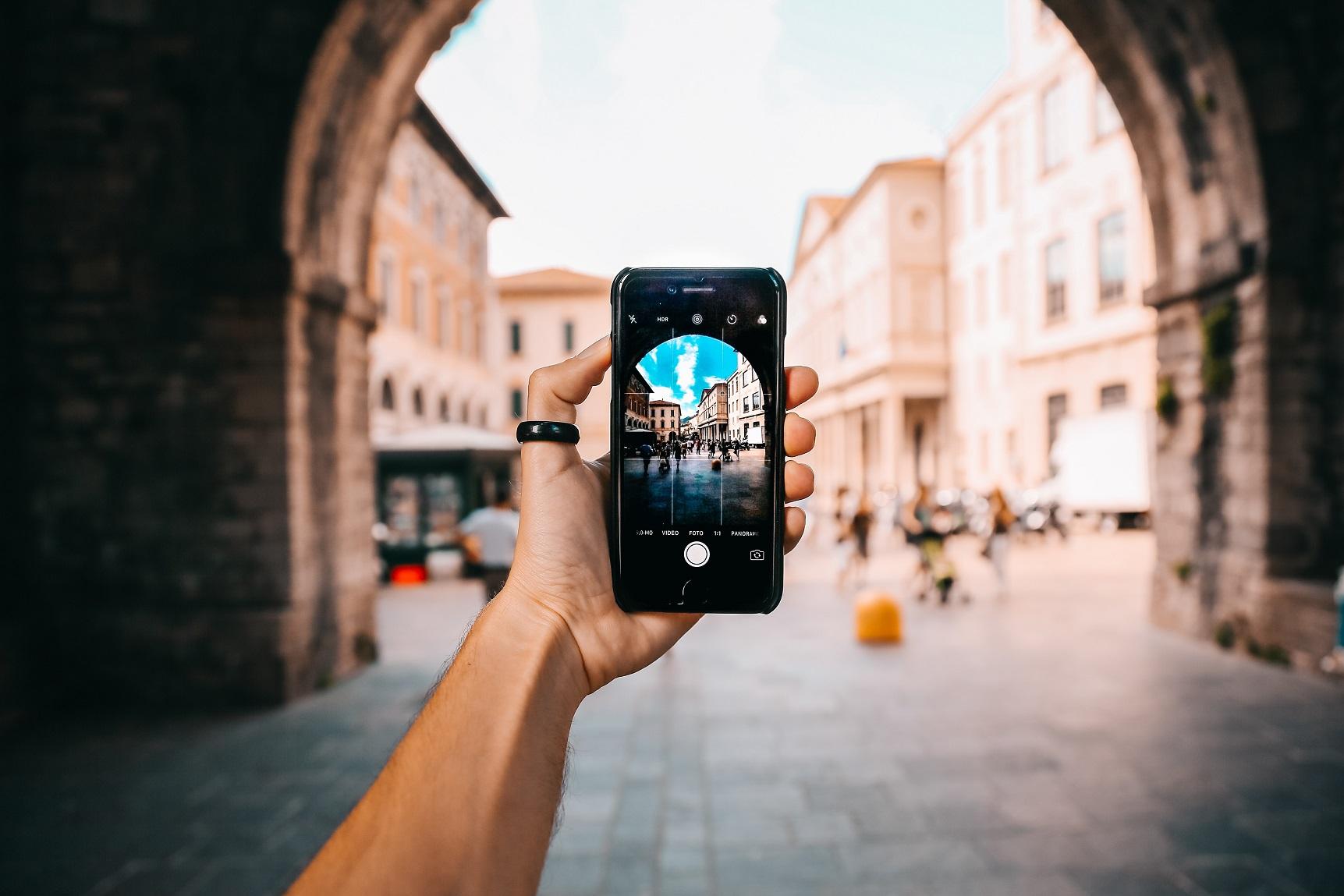Even though web design is easier than ever, there are still some terms you’ll want to understand when building your own website.
Today’s website builders are sophisticated platforms that let you build your own website quickly and easily. You don’t need to understand HTML or coding to achieve spectacular results. However, as you go along, there is a good chance you will come across certain words and phrases related to web design that may confuse you.
Whether it’s advice from an expert web designer, customer support around bugs, or just help to make your system run better, a glossary of web design terms will go a long way to helping you communicate better.
1. 404 Error
This is a message that users see if the page that they’re trying to access no longer exists.
2. Alt Text
Refers to the text that is associated with an image. The Alt Text is displayed when an image is still loading, or fails to load.
3. Application/App

A standalone piece of software which is usually downloaded onto a device. It refers to virtually any kind of program.
4. Back end development
Back-end development refers to all the tasks, processes, and procedures that are not directly accessed or interacted by the user. Back-end development powers the front-end, or the parts of a website that the user sees and interacts with.
Think of it this way: when a user clicks the “add to cart” button on your website, he is interacting with the front end, but the back-end processes are what happens in order to fulfill that command.
5. Browser
This is the software you use to access the Internet and display web pages. Upon entering a URL into the browser, the browser then gathers the various elements (e.g. images, content, ads, etc.) of that page from where they are stored (e.g. in different servers or directors) and displays the web page you were searching for. Mozilla Firefox and Google Chrome are two of the world’s most popular browsers.
6. Bug
A bug refers to an error in the website or app’s code that prevents it from running normally.
7. Call to Action (CTA)
An image, banner, or clickable button that utilizes action-oriented text to encourage a website visitor to take a certain action. Examples of CTA text include: “Learn More,” “Click for a Free Trial,” “Register Now,” and more. Usually, CTAs are linked to a page where the visitor can process a registration, sale, or subscription.
8. Code

Computer code is a series of text, numbers, and symbols that web developers use to instruct a computer system to do an action. Put simply, code is written in a language that is understood by a computer.
9. Content Management System (CMS)
A content management system is a software system that you use to create and edit content on your website. By logging in, you gain access to the back-end of your website so you can manage your content easily. A CMS allows you to make publishing website content easy and simple without you having to know how to code.
10. Visual Builder
A visual builder is a web design platform that enables you to see the end result in real time as you work on the elements of your website. It is commonly called WYSIWYG, or “what you see is what you get.” Visual builders are noted for their ease of use. Check out this link to know more about visual builders and content management systems [insert link].
11. Domain Name
Your domain name is a unique name and an address for your website on the Internet. Examples would be “www.photoup.com” or “www.foliowebsites.com.”
12. Framework
A framework is a set of tools, solutions, and components to build a website easier and faster. You can access the framework in one location. Examples of frameworks include Bootstrap, AngularJS, and Ruby on Rails.
13. Front end
Also known as the client side, this is what the user sees and interacts with while on a website.
14. Host
A host is a server where your website’s files are stored, maintained, and served. A web server is a computer that is connected to the Internet.
15. HTML (Hypertext Markup Language)
A computer language that is used to build web pages and display content
16. HTTPS (Hypertext Transfer Protocol Secure)
HTTP is the main protocol used to transfer information between a web browser and a website. HTTPS is a secure version of HTTP. It increases your security by encrypting all communications between your browser and the website.
17. Header
This is the top portion of a web page. It typically contains the company name and logo of the business, as well as a main navigation bar that allows users to access the different web pages of the website.
18. Language

These are special codes that programmers use to build websites, software, and apps. There are programming languages, style sheet languages, database management languages, and more. Common computer languages include HTML, PHP, Java, and Python.
19. Library
You can think of a library as a store or stockroom of pre-written codes that programmers can get and insert into the code that they’re currently writing. These pre-written codes help hasten and streamline the website development process.
20. Meta tag
This is an HTML tag that search engines use to index and categorize a website as well as display it in search engine page results. A meta tag usually contains information about a web page such as the name of the page’s author, copyright, and its description.
21. Mobile-first

This is an approach to web design and development that focuses on building a website with mobile devices in mind, and acknowledges that for many users, the web is experienced primarily through a mobile device.
Here are some tips on making your website mobile friendly.
22. Navigation
Navigational elements help users find their way around a website. This primarily refers to the main menu bar at the top of the website but should also include the footer at the bottom of the web page, scroll bars on the sidebar, and more.
23. Open Source
Open source is a software whose source code is distributed and free to allow users to access and modify it freely. Open source licenses can be redistributed without restriction under the same terms of license.
24. Operating System (OS)
An operating system is software that runs applications on a device. For example, an iPhone uses the iOS operating system and therefore can only run apps that are compatible or run with iOS. Apps that have been built for the Android operating system must run on an Android-enabled device.
25. Loading Speed
Loading speed refers to how long it takes for a specific web page to load all its contents. This is very important as Google has made speed of loading a major ranking factor in its search results.
26. Page template
A page template is a pre-designed layout for the pages that constitute a website. Users can choose a specific template and then fill in their own particular, unique content without the hassle of designing from the ground up.
27. Plugin
A plugin is a type of app that you install to a content management system. A plugin allows you to use new features and extend the functionality of a CMS for a specific task.
28. Registrar
A company where you register your domain name. Popular domain registrars include GoDaddy, Domain.com, or HostGator.
29. Resolution
Resolution refers to the quality of an image. This is measured by the number of pixels that make up the image. In general, the more pixels there are in an image, the better the quality of the image will be. However, higher resolution images can also add additional time to your page load speed...
30. Responsive Design
A website with a responsive design means that it is designed to automatically adjust to the screen that it is viewed on, whether desktop, smartphone, or mobile device.
31. Sitemap
This is an outline and a guide to all the pages in a website. Three types exist: sitemaps used by web designers when they make a website; sitemaps intended for regular visitors; and sitemaps for search engines.
32. Slider
A dynamic type of banner that is often placed on a website’s home page that displays a new image in a slide show format every few seconds. You can select how long you want images to display and how many images to rotate in the slider.
33. User Experience (UX)

This refers to the level of satisfaction someone experiences when he uses your website. The phrase covers ease of use, quality of content, the logic of your site’s layout, and more. User experience is essential to achieving your business’s marketing goals. If you fail to give your viewers a pleasant and enjoyable time on your website, you won’t get optimum traffic and conversions. That’s why it is important to understand your audience, and to build your website with user preferences and needs in mind, and also to test your site with real users.
34. User Interface (UI)
User interface refers to the interactive touchpoints of the website, or how the viewer interacts with your site. Scrollbars, clickable buttons, and swiping motions are just some of the aspects of UI.
35. What You See Is What You Get (WYSIWYG)
A WYSIWYG platform allows you to see the end results in real time. Meaning, when you edit, delete, add, move, or alter items in the website builder platform, the result that you see on your screen is what your live website looks like in that exact moment
36. Search Engine Optimization (SEO)
Search engine optimization involves using a series of techniques and methodologies to significantly improve the visibility of a web page in a search engine’s unpaid, or organic, results. The best SEO should ensure that a web page appears on the first page of a search engine results page (SERP) when a certain keyword or phrase is search. This position is called a rank.
Check out this link for an introduction to SEO, and read this article to understand why SEO is important to your website.
Web design is easier than ever before, and with these introductory terms, you’ll have a great understanding when someone tells you your website’s UX is great, your navigation is easy, or your website’s front end looks stunning.
Partnering up with a company like Folio Websites can transform your web design and give you an easy route into creating an effective, impressive website in no time.
